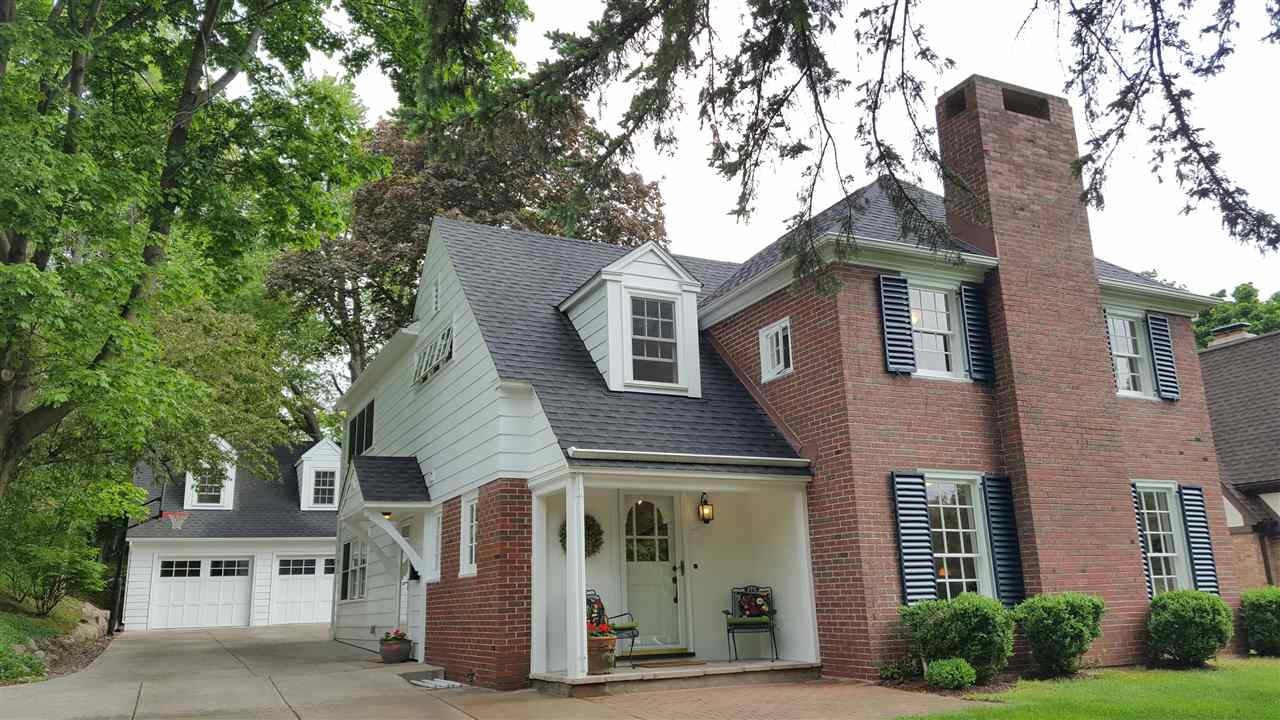Historic Homes
Historic homes were built with high-quality materials such as quarter-sawn oak, maple floors, cabinetry, and trim that would be cost-prohibitive today. Living in an historic neighborhood that is on the National Register can be an excellent draw and may provide the homeowner with access to a 25% tax reduction when addressing maintenance issues such as new windows, updating electrical systems, or roof replacements. Yes, the homeowner must adhere to historic preservation rules, but these are in place to protect the neighborhood’s investment, similar to a homeowners’ association covenants in the suburbs.
Old is New Again
Neighborhoods once seen as old-fashioned, small city lots, and one-car garages are now desirable again. People who moved to the suburbs a generation ago, are now finding the convenience of walking to shops, restaurants, and entertainment a bigger draw. Because of this proximity, people no longer need that second car, so a one-garage meets their needs. There are bike trails to connect people from their homes to their workplaces, or perhaps their workplace is a few steps into their home office.
Updating an Historic Home
An historic home may lack a particular amenity that home buyers are looking for, such as larger closets, a master bathroom, a first floor powder room, or a first floor laundry area. It makes sense to check out your state and local historic preservation office for more details on what can be done on a potential remodeling project. A lot of times, if the front facade is kept intact, there are lesser restrictions on the inside. Of course you’ll also want to check with a residential remodel who is familiar with historic homes, such as Haver Design & Construction, Inc., of Madison, WI.
Some home buyers are drawn to that green and black bathroom tile, the telephone nook, the exterior milk bottle opening, or the walk-up attic because they are unique to that particular house and have endured for 100 years. However, updating the mechanical systems in such a way as to maintain the integrity of the house is ideal.
More Info
If you want to know if a particular house is listed on the historic register, go to the the state register (Wisconsin). The National Register of Historic Places lists all properties officially listed and worthy of preservation. If the house is not listed, it can still quality if the Wisconsin Historical Society can provide a certificate that the house is eligible for historic status. These websites also have information on applying for historic status and the associated tax credits.
Premiere Home Stagers loves to stage historic houses because we choose specific items that feature their unique characteristics. Call Premiere Home Stagers at 608-345-9396.




